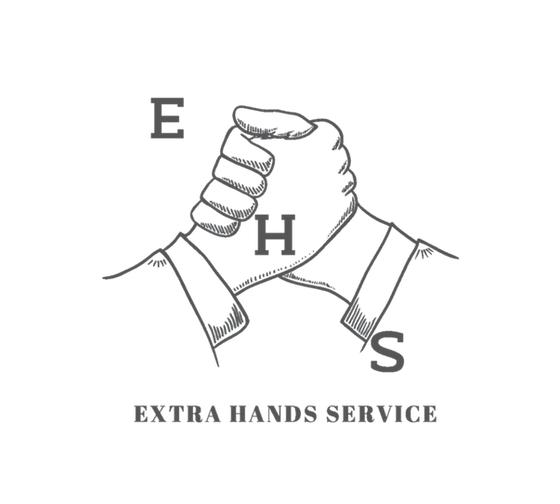The concept of "extra hands" refers to the acquisition of additional human resources or assistance to manage tasks, projects, or workloads that exceed an individual's or a team's current capacity. It signifies a strategic approach to augmenting capabilities and achieving objectives more efficiently.
Benefits of Engaging Extra Hands
Seeking supplementary support offers several tangible advantages:
- Increased Productivity: Distributing tasks allows core members to focus on their primary responsibilities, boosting overall output and efficiency.
- Access to Specialized Skills: "Extra hands" can bring niche expertise or specific skills that may be lacking internally, crucial for specialized projects or tasks.
- Enhanced Flexibility and Scalability: Businesses can adapt to fluctuating demands without the long-term commitment of hiring permanent staff, allowing for agile scaling of operations.
- Reduced Burnout: Alleviating excessive workloads on existing personnel can prevent burnout, improve morale, and maintain performance quality.
- Faster Project Completion: Additional resources can significantly accelerate project timelines and help meet critical deadlines.
- Cost-Effectiveness: Engaging temporary help or freelancers can often be more cost-effective for short-term needs compared to hiring full-time employees, especially when considering benefits and overheads.
Common Scenarios Requiring Extra Hands
The need for "extra hands" typically arises in specific situations:

- Peak Periods: Seasonal rushes, year-end activities, or periods of unexpectedly high demand.
- Large-Scale Projects: Initiatives that require more manpower than currently available within the organization.
- Specialized Tasks: Work requiring unique skills or knowledge not readily available in-house, such as technical implementations or creative design.
- Covering Absences: Temporary replacement for staff on leave (maternity, sick, vacation).
- New Ventures or Expansion: Launching new products, services, or entering new markets which temporarily strain existing resources.
Effectively Utilizing Additional Support
To maximize the value derived from "extra hands," consider these points:
- Clear Task Definition: Precisely define the scope of work, deliverables, and expected outcomes.
- Proper Onboarding: Even for temporary help, a brief but effective onboarding process is crucial for alignment and productivity.
- Open Communication: Establish clear communication channels and provide regular feedback.
- Resource Allocation: Ensure the additional personnel have the necessary tools, information, and access to perform their tasks.
- Performance Management: Set clear expectations and monitor progress to ensure tasks are completed to standard.
Strategically leveraging "extra hands," whether through temporary staff, freelancers, consultants, or outsourcing, is a key component of agile resource management. It allows organizations and individuals to maintain operational efficiency, address skill gaps, and navigate periods of increased demand without overstretching core resources. Effective planning and management are crucial to ensure that this supplementary support translates into genuine value and successful outcomes.







